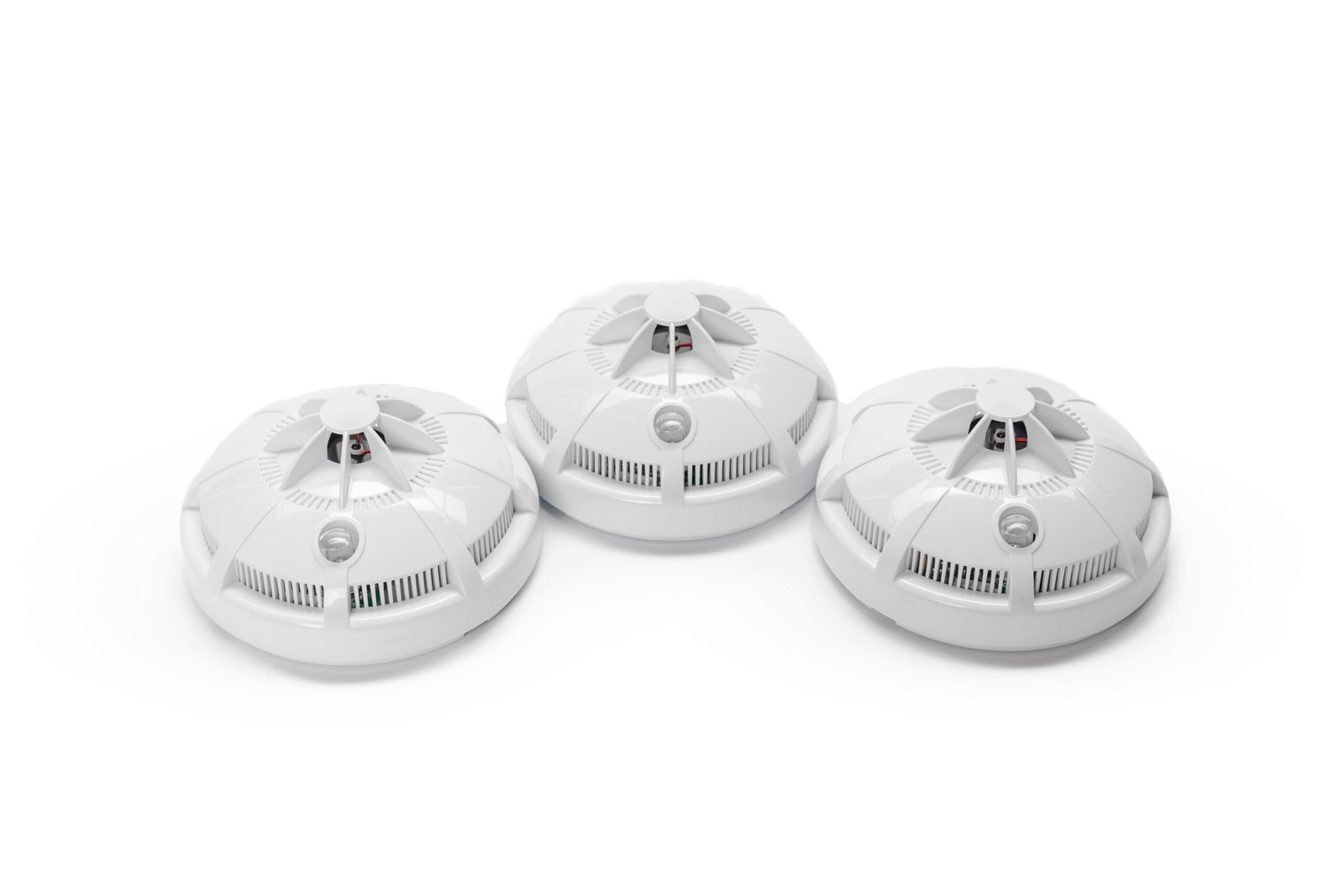‘Does kratom lower testosterone?’ is a question that every single user doubts and looks for answers to. Not only...
‘How do vape detectors work?’ is one of the most asked questions. It has become such a widespread question because of effective detection techniques in diverse environments. These gadgets have made the detection process a lot easier. They operate using a combination of technologies, including particle sensing, chemical sensing, sound recognition, and motion detection, to accurately identify vaping activities. Additionally, due to overgrown dependence and usage, they have been introduced in several places, such as schools, workplaces, and public spaces. Their effectiveness lies in their ability to sense the unique particles and chemicals released during vaping. Let’s read further in the blog to learn the rest about these vape detectors.
A Breakdown Of How Vape Detectors Work
The Technology
The particle detection technology used by ghost vape detectors can identify aerosol particles emitted by e-cigarettes. These susceptible sensors can detect even the finest variations in air quality. Additionally, they can locate little particles undetectable to the human eye, providing warnings for potential vaping activities.
Sensors
Vape detectors widely use laser-based sensors. These sensors send a beam of light into the air, interacting with particles. When airborne particles disperse light, the sensor registers this occurrence and produces an alarm if the number of particles exceeds a certain threshold.
Chemical Analyzing Methods
Besides particle detection methods, some vape sensors apply chemical analysis techniques that may target chemicals unique to vaping. Most e-liquids comprise nicotine, propylene glycol, and added flavoring agents. When these components heat up, they create aerosol vapor, which gets easily traced by such detectors.
Source: Freepik
Gas Detectors
Gas detectors are critical chemical analyzers used in vape detection systems. The devices are designed to detect volatile organic compounds (VOCs) from vaping. Because of their convenience, they have been used in considerable quantities in many places.
Audio Sensing
Vape detectors also use sound-sensing capabilities. These sensors listen out for distinctive clicking or hissing sounds that signify the activation of an e-cigarette or similar device. When applied alongside other techniques, sound-detecting devices enhance the accuracy levels of vape-finding mechanisms.
Movement Sensing
Motion detection features may be included within a vape detector setup to monitor movements within certain areas, such as bathrooms or locker rooms, where vaping is standard practice. Any motion sensed by motion sensors activates the vapor detector’s higher sensitivity settings, which leads to the final check.
Source: Freepik
Sensors Integration
Detection precision tends to increase when several sensors combine in vapes more often. The integration is between sensors responsible for detection through particle sensing, chemical assessment, audio, and motion detection. When combined, they can discover any smoking act without difficulty, thus reducing false alarms.
Calibration and Sensitivity
Vape detectors work effectively if appropriately calibrated and adjusted to the sensitivity settings. Calibration ensures that changes in a typical environment are not mistaken for vaping-related activities. While adjusting the sensitivity of these detectors allows them to be customized for use in particular environments, such as schools, where even a slight smell of vaping should raise the alarm.
Final Words
To sum up, vape detectors are essential tools in the fight against unauthorized vaping in various places. These devices can accurately identify and inform authorities of vaping activities by incorporating advanced detection technology such as particle detection, chemical sensing, sound recognition, and motion sensors. Their placement in schools, workplaces, and public spaces ensures that no-vaping rules are enforced, thus creating a healthier environment for all involved parties.
Understanding how vape detectors work, particularly on ghost vaping, which involves secretive practices, improves their efficacy and dependability. To sum up this discussion, vape detectors play a pivotal role in the surveillance of vaping, thus enhancing safety among individuals across different contexts.
FAQs
1. How do vape detectors identify vaping?
Vape detectors identify vaping through different means, such as sensing particles, chemicals, and sound. While particle detectors capture vape aerosols, chemical sensors trace nicotine and propylene glycol, which are often contained in vapor pens. At the same time, sound sensors detect and catch distinctive noises generated by e-cigarettes.
2. Can vape detectors detect “ghost vaping”?
Yes, vape detectors can detect “ghost vaping,” a practice in which someone breathes out silently or uses devices that don’t attract attention when vaping. Modern-day vape detection systems incorporate particle and chemical sensors with audio-capturing technologies to pinpoint the slightest traces of smoke and sound linked to ghost vapes.
3. How do vape detectors work in schools?
Vape detectors use specific technology and various sensors that are capable of tracing even the slightest amount of smoke. Placing them in strategic locations such as bathrooms and locker rooms enables schools to detect vaping instances and enforce policies more efficiently. They help reduce cases by alerting unauthorized use at school and intervening in time.
References
How Do Vape Detectors Work?: Comprehensive Guide by Alfa Vapes (2024)
How Does a Vape Detector Work? by Jon Jones (2022)





